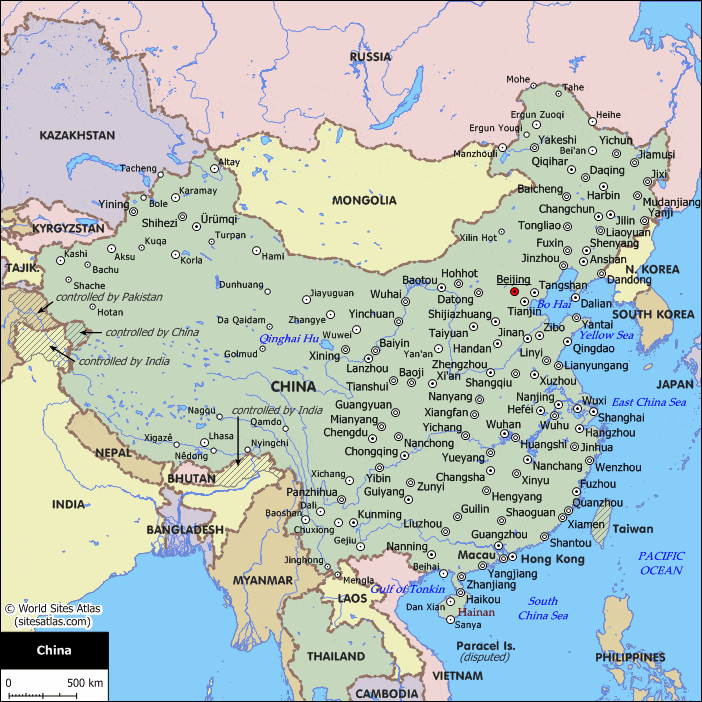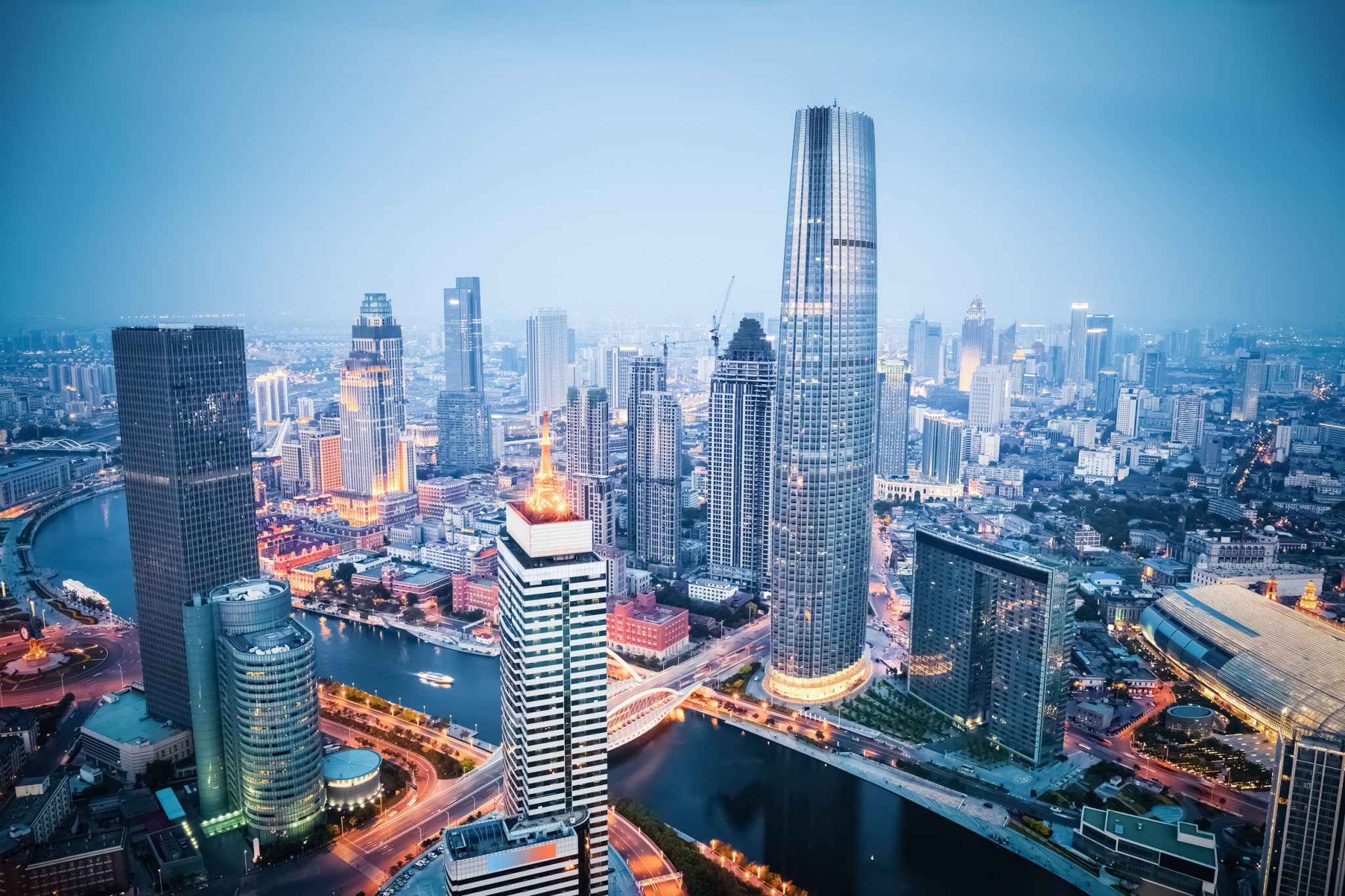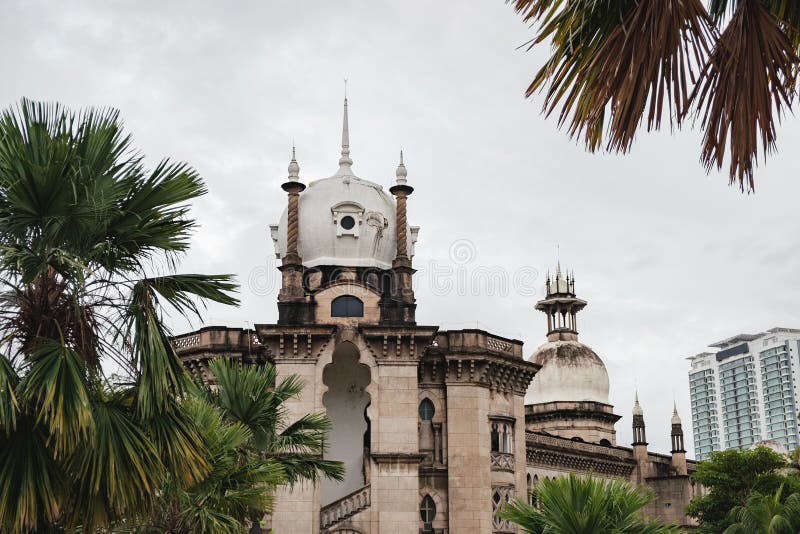Clean Cities in China’s South
Haikou, the Oasis of Hainan Island
Located on tropical Hainan Island, Haikou is the capital city of Hainan Province. Surrounded by the Qiongzhou Strait and South China Sea, Haikou enjoys a humid subtropical climate with lush greenery and palm trees. Known as the “Oasis City,” Haikou has an annual average temperature of 21–24°C with low rainfall throughout the year. Thanks to its coastal location and island geography, Haikou maintains some of the cleanest air among major cities in China.

Xiamen’s Pleasant Climate and Environmental Protection
Situated on the southeast coast of China in Fujian Province, Xiamen faces the Taiwan Strait. Blessed with a mild climate, Xiamen is renowned for its beautiful coastline, parks and gardens. The city has placed strong emphasis on environmental protection and adopted measures like investing in public transportation to reduce emissions. Xiamen is consistently ranked among the top cities in China for air quality and recognized as one of the cleanest.
Coastal Beauty and Fresh Air in Zhuhai
Located in southern China’s Guangdong Province, Zhuhai borders Macau and faces the South China Sea. Thanks to favorable geography and moderate climate influenced by the sea, Zhuhai is known for natural attractions like islands, beaches and mangroves. The city has taken active steps to control pollution from industries and traffic. With abundant green spaces and commitment to sustainable development, Zhuhai maintains relatively good air quality across the year.
Clean Northern Cities with Unique Features
Kunming, the Eternal Spring City
Nicknamed the “City of Eternal Spring,” Kunming serves as the capital of southwestern China’s Yunnan Province. Situated at an elevation of 1,900 meters, Kunming enjoys a mild climate year-round with average temperatures of 15-23°C. Surrounded by picturesque mountains and lakes, Kunming prioritizes the protection of its natural environment. Benefitting from its high-altitude location, Kunming has consistently better air quality than other major inland Chinese cities.
Lhasa, Roof of the World with Fresh Mountain Air
Located in southwest China’s autonomous region of Tibet, Lhasa sits at an astonishing average elevation of 3,650 meters. As the regional capital and center of Tibetan Buddhism, Lhasa maintains a population of just over 2 million. Isolated from industrial activity and benefitting from strong winds, Lhasa sees very little air pollution despite its large size. Known as the “Roof of the World,” Lhasa enjoys fresh mountain air and some of the cleanest air in all of China.
Dalian, Northern Gem on Yellow Sea Coast
Located on the southern coast of Liaoning Province in northeastern China, Dalian faces the Yellow Sea. Thanks to efficient emission controls and expansion of clean energy, Dalian has significantly improved its air quality in recent decades. The city is focused on high-tech industries and research to foster sustainable development. Dalian boasts beautiful beaches and forest parks helping maintain relatively clean air at northern latitudes.
Continued Improvements in Chinese Cities
While China’s rapid economic growth and urbanization came with environmental costs in the past, tremendous progress has been made in recent years to tackle pollution. Strict enforcement of emissions standards for industry and vehicles, investments in renewable energy and expanding green spaces are helping major Chinese cities like Beijing and Shanghai clean their air. Meanwhile, natural geography, climate conditions and early green focus have allowed cities like Haikou, Xiamen, Kunming and Lhasa to consistently rank among the most breathable in China. It is clear that environmental protection will remain a key priority as China transitions towards high-quality growth balanced with sustainability. With continued innovations and international cooperation, even more Chinese cities will achieve cleaner air for both residents and global citizens in the future.

 Tips to Save Money on UK Train Travel
Tips to Save Money on UK Train Travel